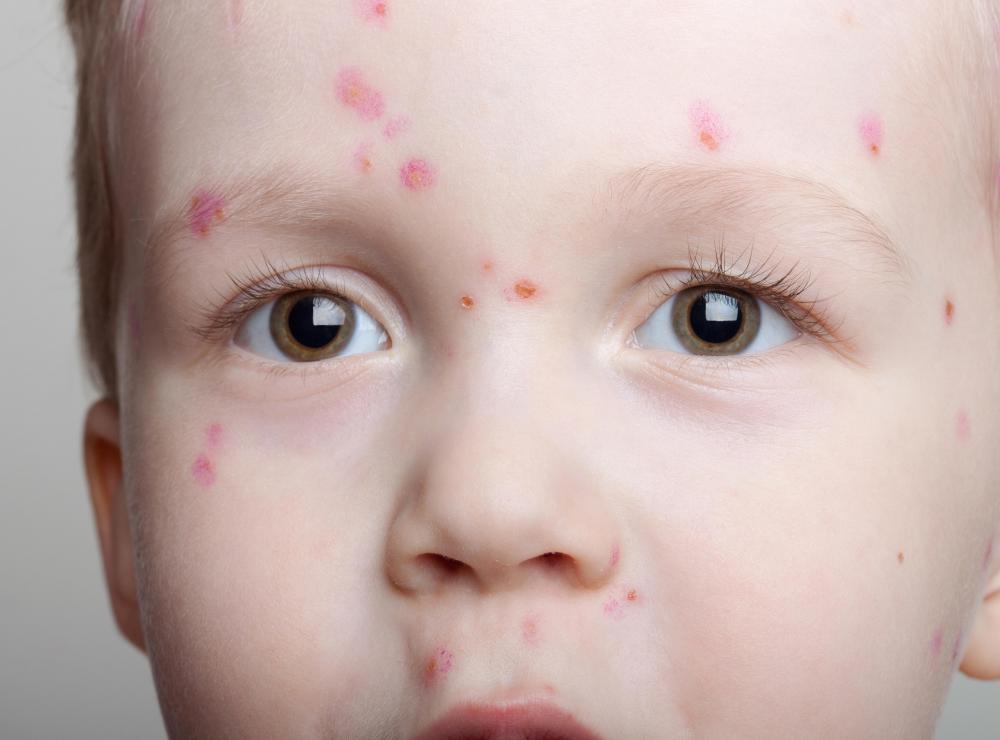At WiseGEEK, we're committed to delivering accurate, trustworthy information. Our expert-authored content is rigorously fact-checked and sourced from credible authorities. Discover how we uphold the highest standards in providing you with reliable knowledge.
What is a Urea Cycle Disorder?
A urea cycle disorder (UCD), also known as urea cycle defect, is a rare genetic disorder that results when the levels of one of the six enzymes involved in removing ammonia in the blood is depleted. Normally, the six enzymes of the urea cycle catalyze the steps needed for the conversion of nitrogen to urea. Urea is then eliminated from the body through the urine. When there is a defect in any of these enzymes, ammonia accumulates in the blood and causes toxicity. Treatment involves controlling the intake of nitrogen compounds, such as proteins, and taking medications that help remove ammonia from the blood.
These disorders are rare inborn metabolic disorders involving the urea cycle. In the urea cycle, nitrogen, a by-product of protein metabolism, is removed from the body through its conversion to urea. Also known as the ornithine cycle, nitrogen is first converted to ammonia then to urea. There are six types of urea cycle disorders, named according to what enzyme is inadequate or totally absent. These types include the N-acetylglutamate synthase deficiency, carbamoyl phosphate synthetase I deficiency, ornithine transcarbamylase deficiency, argininosuccinic acid synthetase (AS) deficiency or citrullinemia, argininosuccinase acid lyase (AL) deficiency or argininosuccinic aciduria, and arginase deficiency or argininemia.

Symptoms of a urea cycle disorder depend on the severity of the deficiency and on the promptness of diagnosis. Some infants are unable to survive beyond birth or infancy because they remain undiagnosed. It is estimated that 20% of cases of sudden infant death syndrome (SIDS) may be due to an undiagnosed urea cycle disorder. A neonate with a UCD may show symptoms of irritability, vomiting, lethargy, seizures, or hypotonia. If left unaddressed, the infant eventually suffers from breathing difficulties and coma, and often dies.

Children who have mild to moderate UCD may show symptoms of hyperactivity, deviant behavior, self-inflicted injury, and dislike of meat and other protein-containing foods. Progressive symptoms include vomiting, particularly upon intake of meat or other high-protein meals, delirium, and lethargy. These symptoms are caused by high ammonia blood levels, or hyperammonemia. It may be precipitated by events such as chicken pox or exhaustion. If left untreated, this condition eventually results in coma and death.

Milder enzyme deficiencies occur among adult survivors. Adults with a urea cycle disorder typically suffer from episodes of symptoms mirroring stroke, and may be delirious or lethargic at times. They are usually referred to a neurologist or psychiatrist because of changes in behavior. Without proper treatment, adults with UCD may suffer from permanent brain pathologies, coma, and death. Symptoms are often induced by viral infections, childbirth, or the antiseizure drug valproic acid.

Treatment of any of the UCDs involves protein restriction that balances the individual’s need for essential amino acids and the body’s inability to remove ammonia. Amino acid formulas and vitamins and minerals, such as calcium, may be supplemented. Medications that help remove ammonia may be given through a nasogastric or gastrotomy tube. Ammonia levels are monitored through frequent blood tests. Hospitalizations are often necessary, and liver transplants have served as a cure for some urea cycle disorders.
AS FEATURED ON:
AS FEATURED ON:















Discuss this Article
Post your comments